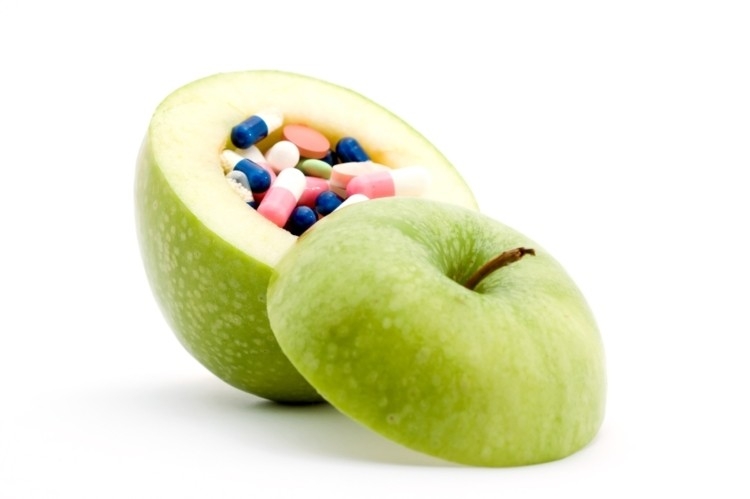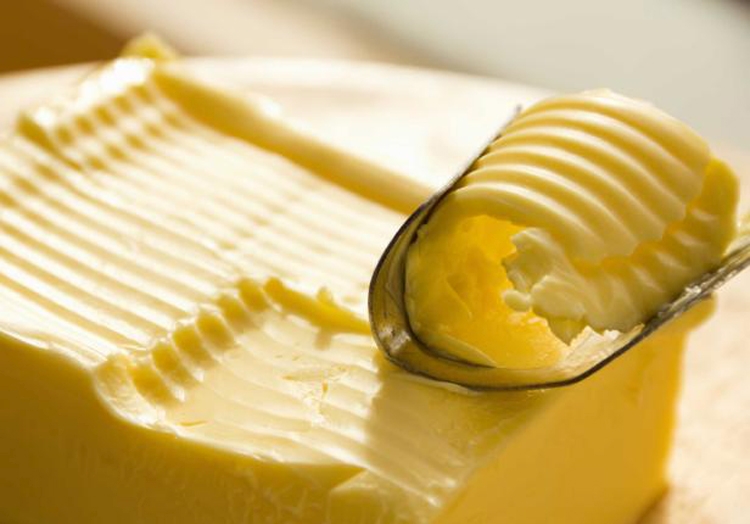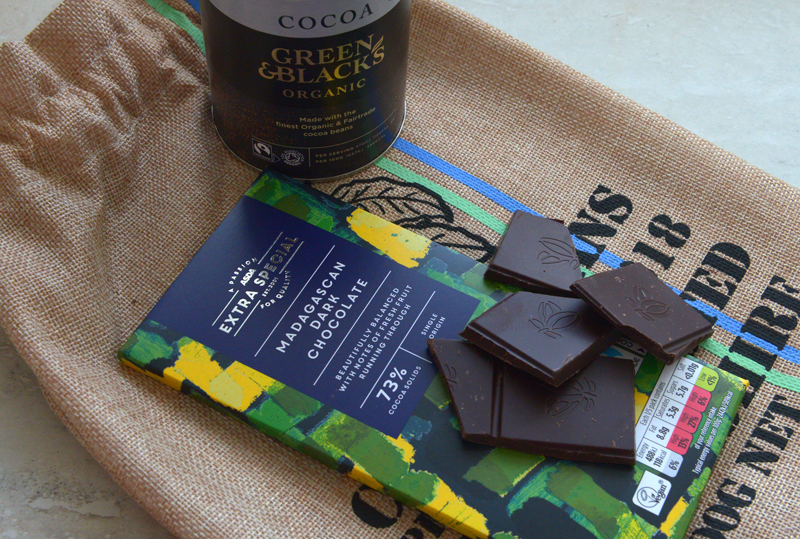You are viewing 1 of your 1 free articles. For unlimited access take a risk-free trial
Dietary sugar: not so sweet truths for health and performance

Andrew Hamilton looks at the changing thinking on sugar consumption and why some foods traditionally considered as good for health and performance might not be so good after all...
In a recent Sports Performance Bulletin article (which you can read here), we looked at why the recommendation to ditch saturated fats for (supposedly more healthy) unsaturated fats may have been wrong all along. But while the types and quantities of fat you eat are undeniably important for healthy eating, it’s sugar consumption that’s really hit the headlines of late.To cut a long story short, it now appears that the advice given over several decades – to cut fat intake and switch to low-fat foods - ignored the elephant in the room, which is sugar. The low-fat message essentially put much of the blame for conditions such as obesity, heart disease and diabetes on saturated fat and cholesterol, while giving sugar and sugary refined carbohydrate foods a free pass. However, since these low-fat guidelines were published in the late 1970s, many large studies have concluded that low-fat diets are no better at preventing heart disease, obesity or cancer than the standard Western diet. By contrast, it now appears that high sugar consumption is a far more likely culprit for these types of diseases – ironic because many low-fat products (hyped as ‘healthy’) are actually loaded with sugar!
There’s also much historical evidence to suggest that health professionals got it all wrong. If we look at the incidence of obesity (figures 1 and 2) we can see that it’s closely correlated with sugar consumption, and that the move to low-fat foods didn’t result in a decrease in obesity – rather it coincided with an increased incidence.
Figure 1: Sugar consumption (kg per year) in the UK and USA since 1700

Source: Johnson RJ, et al. American Journal of Clinical Nutrition, 2007. NB: The two dips in the early and mid 1900s resulted from World Wars 1 and 2 respectively.
Figure 2: Obesity and the introduction of low-fat guidelines

Sugar intake guidelines
With the growing realisation of the role of sugar in the rising incidence of diseases such as obesity and diabetes, health experts have produced guidelines for sugar intake. In the early 2000s, the World Health Organisation recommended that added sugar intake should amount to no more than 10% of total calorie intake. For an adult on 2,000 calories per day, that equates to no more than 200 calories from sugar – 50 grams per day. That sounds quite generous until you realise that a can of cola containing over 35 grams of sugar would swallow up most of your daily allowance. Indeed, many people – even those who regard their diet as pretty healthy – would struggle to keep added sugar intake to under 10% of calorie intake.However, in the light of more recent evidence of the negative health impacts of added sugar, the 10% maximum intake recommendation was revised downwards last year to 5% - just 25g per day for an active adult consuming around 2,000 calories per day. To put this in perspective, that’s a similar amount of sugar found in just one small pot of a popular brand of (organic, low-fat!) fruit yoghurt, or one (supposedly healthy) oat flapjack.
Box 1: Why is added sugar bad for health?
As well as providing the body with ‘empty calories’ (ie no vitamins, minerals, fibre or antioxidants), sugar consumption can disturb the delicate and complex system of blood sugar regulation via the hormone insulin. Unlike the natural sugars released from the slow digestion of starchy carbohydrates such as bread, pasta, rice, potatoes etc, the sugar molecules in added or free sugar rapidly enter the bloodstream, causing a blood sugar spike.Although the body can control this process by releasing insulin, the result is often that the excess sugar calories are dumped as fat in body tissue. Prolonged intakes of high sugar intake over time can lead to obesity and a compromised insulin system, resulting in diabetes. More generally, eating too much sugar is associated with a barrage of symptoms known as ‘classic metabolic syndrome’. These include weight gain, abdominal obesity, disordered blood cholesterol levels (decreased HDL and increased LDL), elevated blood sugar, elevated blood fats, and high blood pressure.
Free sugars
You might assume that the answer is to simply stick to foods and drinks that are completely natural – ie containing no added sugar at all. But while that’s an eminently sensible strategy, it might not be enough. That’s because of something called ‘free sugars’ which are found even in some completely natural foods. These so-called free sugars are natural sugars that are not bound up within the structure of the carbohydrate in the food; rather they are sugars that can be released very rapidly into the body with minimal digestion, with the same effects as added sugar (see box 1).A good example of this is fruit and fruit juice. A medium-sized apple contains about 70 calories, nearly all of which is from the 18 or so grams of carbohydrate it contains. About ¾ of this carbohydrate (13g) is in the form of naturally-occurring sugars (fructose and glucose). Importantly however, these sugars are locked away in the fibrous cells of the apple, which means that once eaten, they are only released gradually into the body as the fibre is broken down during digestion.
Now, compare what happens when you stick your apple into a juicer. The small amount of juice extracted will contain nearly the same amount of sugar, but rather than being locked away, it is now present as free sugar, which is absorbed very rapidly when consumed. Worse, unlike the whole apple, this small amount of juice with no fibre will do little to fill you up. Instead you’ll probably want a whole glass of juice. But just one 200ml glass of juice will contain the sugar of 3 or 4 apples – with all those sugar calories as free sugar.
Fruit juice drawbacks
In recent years, nutritionists have encouraged us to eat more fruits and vegetables as part of the ‘five-a-day’ recommendations to keep fit and well. Unsurprisingly, fruit juices have been seen as a healthy way of achieving this goal, but perhaps it’s time to rethink this approach. Regardless of the type of juice (freshly squeezed, smoothies, organic, no-added sugar etc), fruit juice is a rich source of free sugar in the diet.Indeed, a recently published study looking at the diets of several thousand Dutch citizens (whose dietary habit are similar to ours) found that fruit juice consumption accounted for nearly 15% of all free sugar intake in the diet(1). This was more than that consumed from sugar, honey and jam combined (10.1%), sweets (5.2%), chocolate (8.3%), ice cream (3.2%), and cakes and biscuits combined (13.1%)!
Practical advice
Before we make some recommendations, let’s summarise the key facts:
- High levels of sugar intake are undesirable for health, leading to weight gain and disturbing other aspects of metabolism;
- Recent recommendations to reduce total intake of sugar intake from 10% to 5% of daily calorie intake means that even modest intakes of sugar could lead you into the undesirable intake zone;
- Naturally occurring ‘free sugars’ have the same (undesirable) effects in the body as added sugars;
- The biggest source of naturally-occurring free sugars in our diets is from fruit juice (even where no sugar is added).
What does this mean in practice for athletes trying to keep as healthy as possible? Below are some recommendations that can help minimise your free and added sugar intake:
- *Aim for no more than 5% of your total calorie intake from added or free sugars (about 25g per day or five teaspoons).
- *Avoid wherever possible foods containing added sugars – read all food labels, particularly the ‘Carbohydrate – of which sugars’ bit.
- *Stay away completely from the worst offenders for added sugar (sugary drinks, sweets, chocolate [but very high cocoa solid chocolate is quite low in sugar] cakes, biscuits, pastries, sauces, pickles, honey, jam, fruit yoghurts, sweet alcoholic drinks).
- *Limit your fruit (or vegetable) juice intake to no more than 150mls per day. Even better, consume those calories as whole fruit.
- *If you do get a sweet craving, consume any sweet foods straight after exercise (when the muscles can soak up any excess blood sugar).
- Nutrients 2016, 8(2), 70; doi:10.3390/nu8020070
Newsletter Sign Up
Testimonials
Dr. Alexandra Fandetti-Robin, Back & Body Chiropractic
Elspeth Cowell MSCh DpodM SRCh HCPC reg
William Hunter, Nuffield Health
Newsletter Sign Up
Coaches Testimonials
Dr. Alexandra Fandetti-Robin, Back & Body Chiropractic
Elspeth Cowell MSCh DpodM SRCh HCPC reg
William Hunter, Nuffield Health
Keep up with latest sports science research and apply it to maximize performance
Today you have the chance to join a group of athletes, and sports coaches/trainers who all have something special in common...
They use the latest research to improve performance for themselves and their clients - both athletes and sports teams - with help from global specialists in the fields of sports science, sports medicine and sports psychology.
They do this by reading Sports Performance Bulletin, an easy-to-digest but serious-minded journal dedicated to high performance sports. SPB offers a wealth of information and insight into the latest research, in an easily-accessible and understood format, along with a wealth of practical recommendations.
*includes 3 coaching manuals
Get Inspired
All the latest techniques and approaches
Sports Performance Bulletin helps dedicated endurance athletes improve their performance. Sense-checking the latest sports science research, and sourcing evidence and case studies to support findings, Sports Performance Bulletin turns proven insights into easily digestible practical advice. Supporting athletes, coaches and professionals who wish to ensure their guidance and programmes are kept right up to date and based on credible science.













